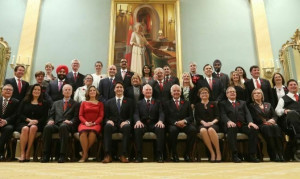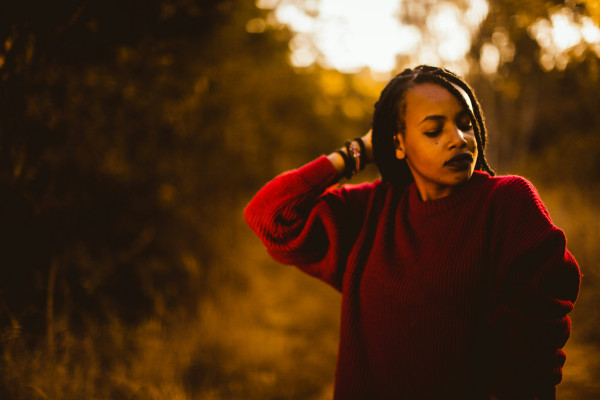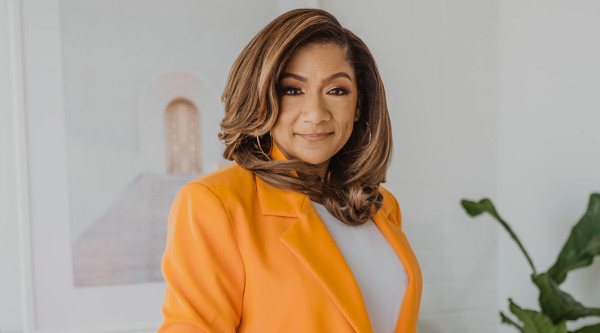A more truthful statement would continue with "depending on who the victims are."
If we look at the case of fired Oklahoma City police officer Daniel Holtzclaw, there is a marked difference in how this particular case of police brutality has been regarded, leading some to ask, "Does the world care about the victim when the victim is a Black woman?"
Holtzclaw’s trial began on November 2, 2015, where he faced 36 charges including rape and sexual battery after his attacks on 12 Black women and one underaged Black girl. His alleged victims were between the ages of 17 and 58 at the time of their assault, and a number of them were involved in drug use and/or sex work, making them among the most vulnerable and marginalized demographic in the general public. Holtzclaw’s jury was an all-white panel, which is just one of the contentious facts about this case.
From late 2013 to his arrest on August 21, 2014, Holtzclaw allegedly made a habit of targeting Black girls and women who were poor, disenfranchised, and with troubled histories, threatening them with jail if they didn’t concede to his abuse. According to prosecutors, Holtzclaw strategically selected victims who he believed could not or would not defend themselves or report him - questions of “Who would believe me?” compounded with fear of police and the conclusion that the justice system was not built to protect them were consistent among many of the victims.
"I didn’t think anyone would believe me. All police work together. I was scared,” said S.H., Holtzclaw’s first victim. "What am I going to do - call the cops? He was the cops," said A.G., Holtzclaw’s underaged victim, whose DNA was found on the fly of his pants after forensic testing. 57-year-old J.L. was the victim who spurred the police investigation.
On June 18, 2014, J.L. was pulled over by Holtzclaw after leaving a friend’s house at 2 a.m. She testified in a hearing that the accused ordered her to the backseat of his patrol car, then had her lift her shirt and bra, exposing her breasts to ensure she had nothing hidden on her person. J.L. reported that Holtzclaw eventually exposed his penis and forced it into her mouth, as she begged “Please don’t do this...you’re not supposed to do this.” Once he let her go, J.L. drove to her daughter’s house, and then reported the assault to the local police department. Her story led to the uncovering of a multitude of similar reports, and Holtzclaw was arrested in August 2014. He was released on bail, kept under house arrest, then violated those terms twice, landing back in jail.
Holtzclaw wasn't the only person on trial in this case. Also under examination were those who believe, consciously or otherwise, that Black women are not deserving of victimhood; who failed to see how this case reflects the broadening scope of police brutality; and who marched against the attacks on some but were absent in solidarity for others.
Nothing about any of Holtzclaw’s victims warranted their abuse. The same paradigms that use questionable Facebook photos and criminal histories to convince us that Black male victims “had it coming” were at work in this case, painting Holtzclaw’s egregious abuse of power as permissible because his victims are “worthless.”
Stereotypes of Black women’s hypersexualization overlaid with the triad of classism, racism, and misogyny led to not only Holtzclaw’s ability to assault his victims but also enabled the general public in its lack of outrage for his act. The most basic tenet of rape culture also plays into this, encouraging us to find a way to blame victims for their assaults without addressing the culpability of their abuser.
When we think of “police brutality,” a very specific image generally comes to mind. White officer killing a Black boy or man - we have countless stories, video evidence, and acquitted officer testimonials to support this. However, when we decide to fight brutality and abuses of power at the hands of the police, we must be aware that it includes a far wider range of victims and methods than this. Black girls and women have also been killed, people have been unfairly targeted, left disabled after physical assault, and in this case, raped and sexually assaulted. The media has a saying: “If it bleeds, it leads” - and that hierarchy of attention trickles down into the ways that this case has - or hasn’t - been highlighted and covered.
As Kirsten West Savali surmised, if Holtzclaw’s victims were white, middle-class women and girls, the public would be well aware of Holtzclaw’s name, and its response would have been entirely different.
Many Black men accuse Black women of fragmenting the fight against police brutality by highlighting their specific victimhood. Non-Black allies who hashtag Black male victims’ names until their fingers go numb and white feminists who feign allegiance to intersectionality are largely silent. Black women are often expected to fight for either their race or their gender, and when a Black woman is the victim, it’s telling to see who - in those racial and gendered groups - join the battle alongside her.
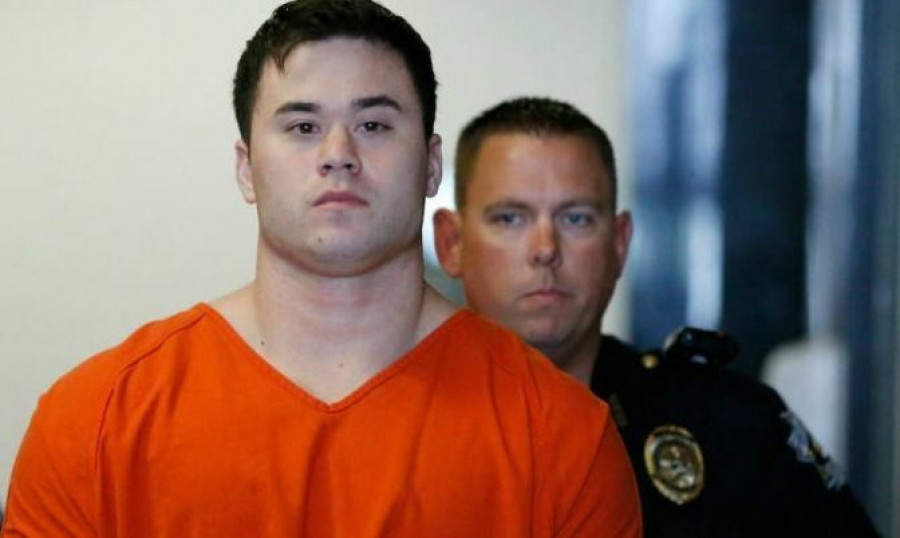
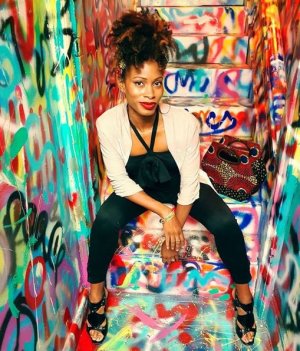 By
By 




